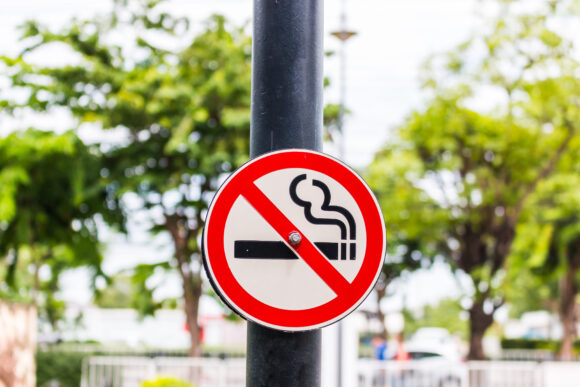Builder’s Risk: Controlling Potential Risk

This post is part of a series sponsored by IAT Insurance Group.
Property insurance offers protection for a building once it’s operational. A builder’s risk policy insures against physical loss or damage to a building during construction.
A builder’s risk policy covers both hard and soft losses for contractors. Hard costs include the physical property itself and building materials. Soft costs may include construction delay fees, interest on construction loans, additional architecture/engineering fees due to the delay, project management expenses and loss of income delays.
Fire
Buildings under construction have a higher fire potential due to unprotected structural components, floor and wall openings, fire loading from construction materials and debris, and lack of fire suppression systems.
Control Measures
Hot Work – Use of torches for welding, soldering, and roofing that may ignite combustible materials. Utilize hot work control measures such as isolating combustible materials from torches or welding activity.
Temporary Heating – Ensure equipment is listed for the intended use and set up and operated per manufacturer safety standards to reduce potential fire risk.
Practice good housekeeping – Clear debris and trash from the work area to reduce the chance those materials will ignite and be aware of overall fire loading within the structure.
No Smoking signage should be posted and enforced in construction areas. Smoking should only be limited to designated safe outdoor areas of the site.
Maintain operable fire extinguishing equipment, as quick responses can minimize fire damage.
Water Damage
Water damage may occur from weather-related events, leaking pipes or service connections. If not detected early, damage may impact multiple floors and areas causing significant damage to interior finishes.
Control Measures
Conduct air pressure testing for water supply lines and address any leaks before water pressurization.
Limit active water sources during construction, preferably to the lowermost floor of multi-story structures.
Perform daily inspections of the site to check for water leaks. Especially important at the end of each workday so any problems can be corrected before leaving for the night/weekend.
Consider shutting the main water service valve at the end of each workday and installing water detection alarms in highly susceptible areas of the project.
Theft and Vandalism
More than 11,000 thefts occurred on construction sites in 2021.[1] Copper piping, HVAC equipment, and steel waiting to be installed on a construction site are common targets for criminals. Increasingly, equipment and materials already installed in a building may also be a target for theft.
Control Measures
Install fencing, exterior lighting, surveillance cameras, and motion detectors with local alarms and notifications sent to site managers.
Secure the building as early as possible and lock openings at night to dissuade thieves and vandals.
Consider security guards to add another level of protection to high-risk property on nights and weekends.
Wind
During construction, the building exterior is particularly susceptible to wind loss. Damage to partially installed roofing and siding is an increased risk and unsecured lightweight building materials may also suffer damage.
Control Measures
Keep a constant eye on weather forecasts, especially those with the potential for high wind speeds.
In anticipation of potentially damaging winds, take measures to more securely fasten roofing and siding materials already in place.
Shelter onsite or offsite building materials, fixtures, and systems waiting to be installed.
Collapse
The potential risk for collapse is present in nearly every construction project. New construction framing (steel or wood), poured concrete building systems, masonry wall construction or concrete tilt panel wall construction may all be subject to collapse without engineered controls.
Control Measures
Pre-plan and carefully adhere to structural engineering specifications regarding temporary bracing. This applies to framing systems, poured concrete systems, and wall construction systems.
Get engineering approval to remove the temporary bracing and concrete forms.
The use of cranes on the job site should be by certified operators and accompanied by lift plans and weather monitoring efforts.
If higher than typical winds are forecast, pre-plan with a structure engineer to see if temporary bracing needs to be modified or strengthened.
ASK A LOSS CONTROL REPRESENTATIVE
Have a question on how to mitigate risk? Email losscontroldirect@iatinsurance.com for a chance to see your question answered in a future blog.
[1] Statista “Number of burglaries in the United States in 2021, by location,” June 2, 2023.
Was this article valuable?
Yes
No
Here are more articles you may enjoy.
Interested in Builders Risk?
Get automatic alerts for this topic.





